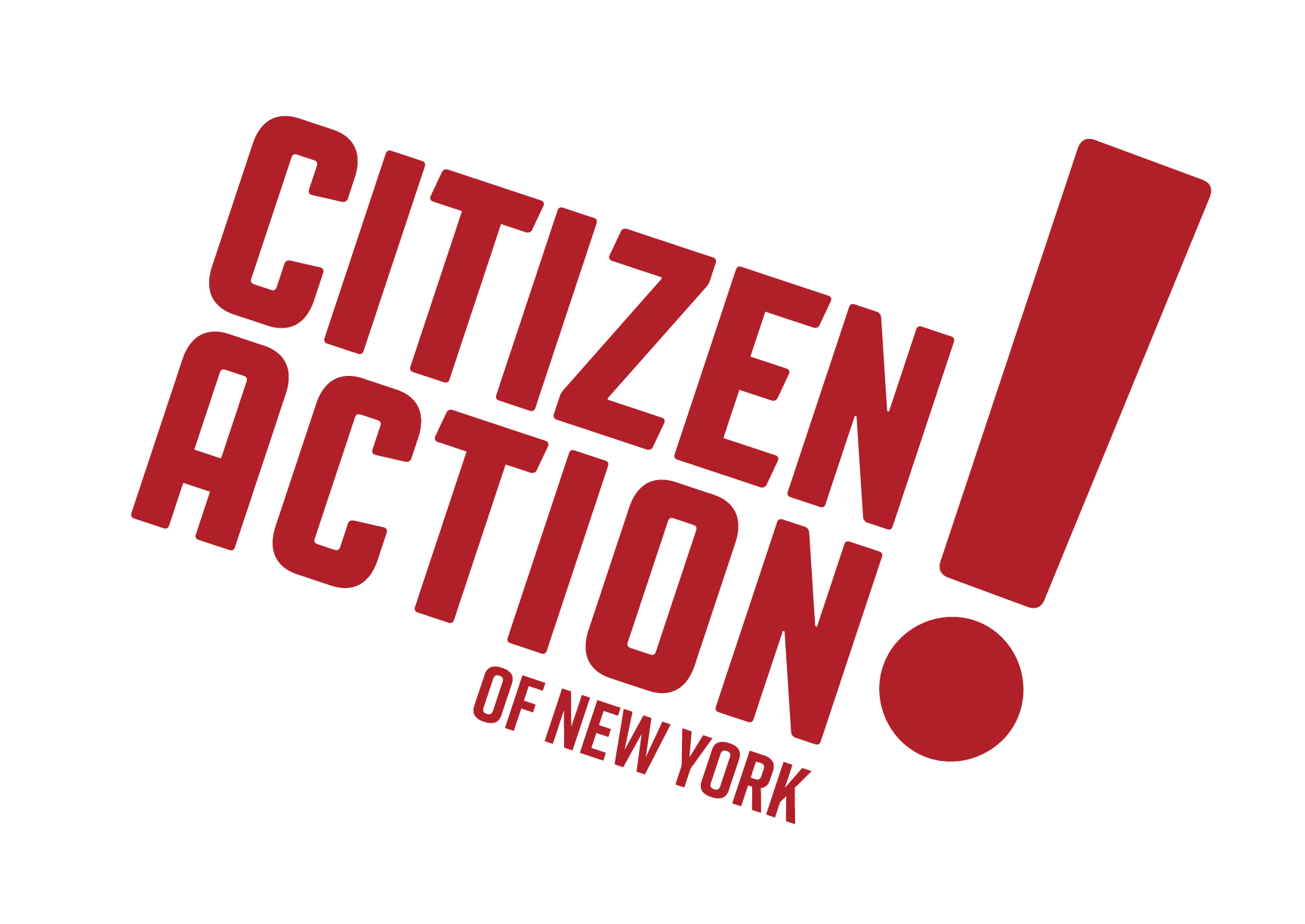Today, we joined a coalition of early childhood education providers, parents, policy and advocacy groups to release a new report that details drastic reductions to the Universal Pre-Kindergarten grant since 2007, despite proof that investment in early childhood education programs have significant economic and social benefits, and that funds are available to make this investment.
The report, Early Childhood Education: Frozen Funding Leads to Cracks in the Foundation, calls on the legislature to reprogram $53 million from the competitive grants proposed in the Executive Budget to Universal Pre-Kindergarten, allowing for up to 14,000 more children to have access to the program. The report also calls on the Legislature to adopt the $93 million included in the Executive Budget for child care funding, to ensure that children of low-income working parents are able to receive subsidies.
Kate Breslin, President and CEO, Schuyler Center for Analysis and Advocacy, said “Investing in quality early childhood education, including Pre-K, is one of the most cost effective investments a state can make to improve school success and close the achievement gap. Why? Reading by third grade is a predictor of future academic success. Students who attend Pre-K are more likely to have better reading skills by third grade than students who attend just kindergarten. And the positive impact of Pre-K is greatest for Hispanic children, black children, English language learners and children from low-income families. If New Yorkers care about school success, the early years are the best investment we can make.”
Quality Pre-Kindergarten programs are proven to lead to success for our children. The report found that within ten years of investment in these programs, New York State would realize cost savings of 40-60% in the areas of special education, grade repetition, and higher learning productivity. Going to college and higher paying jobs, lower teen pregnancy, lower welfare dependence, and reductions in crime were all found to be more likely for children who have access to quality Pre-K programs.
“If we held a competition to determine the most effective education reform, Pre-Kindergarten would win by a mile,” said Billy Easton, Executive Director of the Alliance for Quality Education. “Over a quarter-century of research proves that quality Pre-K raises graduation rates, increases future earnings, and reduces incarceration rates. We must expand access to Pre-K in this budget. The money is there to do it. There are no excuses.”
“Increased investments in early education ensure that more of New York State’s youngest children will enter school ready for learning and ready for life, meeting New York State’s goal of making this a right for every child,” said Nancy Kolben, Executive Director of the Center for Children’s Initiatives.
Despite consistent reductions in state funding, local school districts have shown their commitment to children’s success by raising additional revenue to provide more access to Pre-K. But, after the 2% property tax cap was enacted last year, poor and below-average wealth school districts are facing an even greater challenge now to raise the funds necessary to serve more students.
“I’m very worried about my 3-year-old granddaughter’s future,” said Amparo Sadler, a grandmother from Central Islip. “Because my district is cutting back a lot of funding, there’s a chance that Pre-K is on the table to be cut. We need to do all we can to ensure our kids have every opportunity for success.”
“With so much evidence showing the economic and societal benefits of providing quality Pre-K, how can we continue to deprive so many kids of their chance at success?” said Karen Scharff, Executive Director of Citizen Action of New York. “Our leaders in Albany need to act right now to reverse course, expanding access to quality early learning programs by investing in Universal Pre-K.”
In 2007-08, up to 116,745 children were able to be served through the Universal Pre-Kindergarten grant, through a maximum of $437.9 million. In 2011-12, that maximum funding had been reduced to $384.2 million, allowing for a maximum of only 104,800 children to be served.
